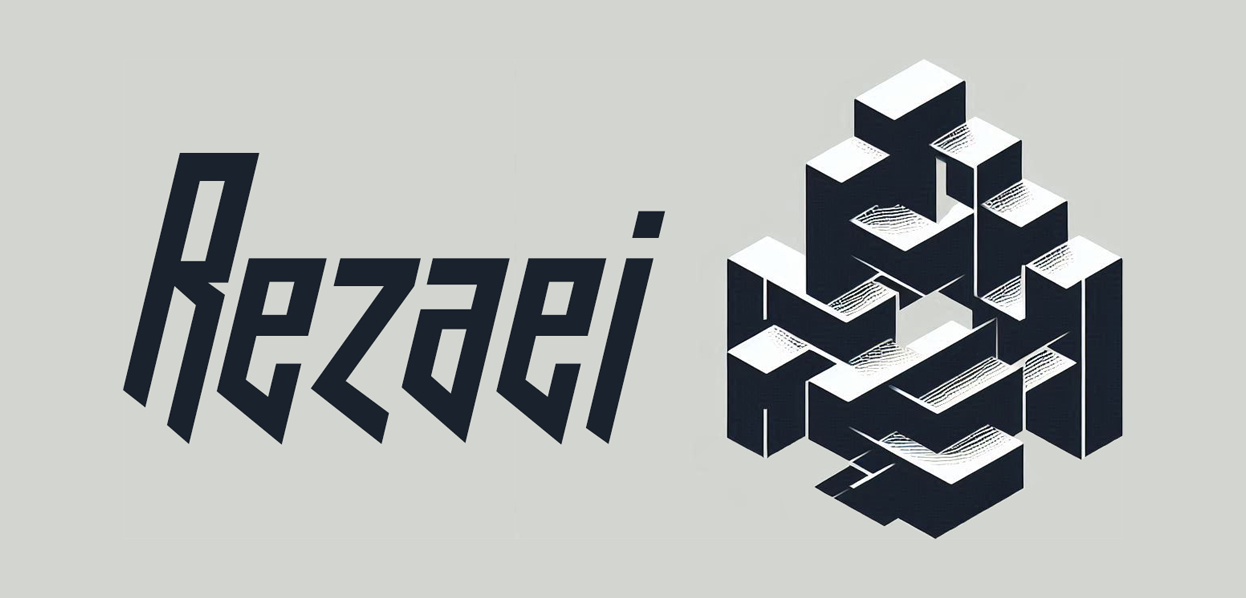Ethereum: Is 18 TH/s Enough to Start My Own Pool?
As a budding Ethereum developer and miner, you’re likely aware of the growing demand for decentralized computing power. Creating your own mining pool can be an exciting venture, but you might wonder if 18 TH/s (tera-hash per second) is enough to get started. In this article, we’ll dive into the world of Ethereum mining pools, their requirements, and whether 18 TH/s is sufficient to launch a successful pool.
What are Ethereum Mining Pools?
Ethereum mining pools are groups of miners who come together to validate Ethereum blocks and transactions. By doing so, they increase their chances of getting rewarded with new Ethereum coins (ETH) through the process of mining. Pooling enables miners to:
- Split the risk: Larger pools reduce the risk of losing funds due to a single miner’s hardware failure or network congestion.
- Increase computational power: Pool members contribute their computing resources, which collectively hash more data than any individual member would alone.
- Lower costs: Shared electricity costs can be reduced, as a larger pool can negotiate better rates with providers.
Minimum Requirements for Ethereum Mining
To start a mining pool, you’ll need:
- Ethereum mining hardware
: A powerful computer or GPU capable of handling large amounts of computational power. Popular choices include the AMD Radeon RX 580 (4-6 GB) or NVIDIA GeForce GTX 1060 (6-8 GB).
- Software and tools

: A mining software like CGMiner, EasyMiner, or Antminer’s own MinerTools to manage your pool.
- Pool membership agreement: Sign a contract with a reputable pool operator, such as BTC Guild, Slush, or F2pool.
Is 18 TH/s Enough for My Own Pool?
The answer depends on several factors:
- Hardware performance: The total hash rate (TH/s) required to join a large pool varies depending on the pool’s target hash rate and your individual hardware capabilities.
- Pool size: Larger pools require more members to achieve their target hash rate.
- Network congestion: Pool members are subject to network congestion, which can impact the overall performance of the pool.
Evaluating 18 TH/s
While 18 TH/s is a respectable starting point for individual mining endeavors, it might not be sufficient for larger pools or high-end hardware configurations.
- Pool size and target hash rate: Joining a large pool with a target hash rate of around 100-200 TH/s could require as many as 20-50 members.
- Hardware performance: A GPU or ASIC (Application-Specific Integrated Circuit) capable of handling at least 10,000-30,000 TH/s is necessary to join a larger pool.
Conclusion
In conclusion, while 18 TH/s can be a good starting point for individual mining endeavors, it may not be sufficient to join a large Ethereum mining pool. To succeed in the world of Ethereum mining pools, you’ll need:
- More powerful hardware: A GPU or ASIC capable of handling at least 10,000-30,000 TH/s.
- A larger pool: Joining a reputable pool with a target hash rate and member count suitable for your hardware capabilities.
- Software and tools expertise: Familiarity with mining software and the ability to manage complex pools.
If you’re determined to start a mining pool, research reputable operators, consider joining a large pool, and invest in more powerful hardware. With dedication and hard work, you can build a thriving Ethereum mining community and reap the rewards of decentralized computing power.
